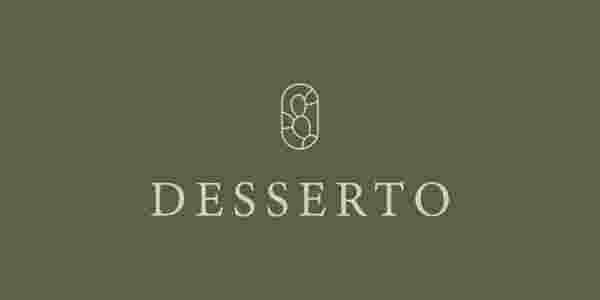Alternatives of Leather
In my last blog, we talk about animal cruelty, how animals are slaughtered and tortured for their skin and fur. So in this blog, we are going to talk about the alternatives of leather, like Vegan Lether and Faux leather.
Let's start from the beginning!
What can we do to minimize animal slaughtering for their goods at our end?
- Buy second-hand or recycled leather. Go to your nearest vintage markets to find secondhand threads. Not only is vintage leather likely to be of higher quality than fast fashion leather products, buying secondhand is a great way to minimize your carbon footprint.
- Find ethical, sustainable vegan fashion labels for some eco-friendly alternatives.
- One of the alternatives is to buy vegan leather. We should also do our research before buying vegan leather as not all vegan leather is created equally, ‘pleather,’ (a type of vegan leather) is made from Polyvinyl Chloride (PVC) plastic, which Greenpeace lists as one of the most environmentally-damaging plastics.
- Eco-friendly materials like Pinatex (made from pineapple leaf fibers) are life-changer in leather alternatives.
- Recently a Mexican duo name Adrián López Velarde and Marte Cázarez developed vegan leather made with nopal (a cactus), which they successfully showcased last October 2019 in Milan, Italy. Its trade name is Desserto®
- Faux leather is also a cheap alternative but has a huge amount of plastic content in its production which is again harmful to the environment.
Vegan leather is a kind of artificial leather that is often made from polyurethane, a polymer that can be made to order for any designer’s whim. It can also be made from innovative and sustainable materials such as pineapple leaves, cork, apple peels, other fruit waste, cactus, and recycled plastic and used to create products that put animal skins to shame.
There are many types of vegan leather but currently one is very much popular and in news, that is Desserto’s vegan leather. This leather is made of cactus. The founder of the brand Desserto is a duo named Adrián López Velarde and Marte Cázarez, both hailing from Mexico, who developed a vegan alternative to leather made with nopal (a cactus), which they successfully showcased last October 2019 in Milan, Italy.
After two years of research and development, the creators could finally finish marketable cactus-based material as an alternative to leather in July 2019. Its trade name is Desserto®, and it has competitive features compared to animals or synthetic leather, like sustainability, performance, and aesthetics.
Adrian and Marte had the idea after working in the furniture, automotive, and fashion industries where they identified that the problem of environmental pollution was very serious. As a result, they were genuinely interested in reducing environmental impact, so they decided to leave their jobs and start Adriano Di Marti, a company to focus on developing Desserto®, which nowadays is known as cactus or nopal vegan leather.
It takes approximately 3 mature cactus leaves to create one lineal meter of deserto. As we know in Mexico cactus are abundant due to the climate of the country.
Other big labels are also moving towards sustainability. They also started using vegan leather in place of leather. For example, Stella McCartney is on the growing list of designers who feature only vegan leather in their collections.
Stella McCartney Mushroom leather.
And no wonder: Vegan leather is versatile. From moto jackets in every cut and color to the perfect little black dress—and even intimate items that are sure to tickle one’s fancy—there’s a vegan leather version.
That’s just for starting. You can also find vegan leather shoes, boots, handbags, billfolds, and seat covers for your car. And if you have deep pockets, Tesla recently became the latest luxury automaker to offer vegan leather seating, joining BMW, Mercedes-Benz, Lexus, and Ferrari.
Not only does vegan leather make you look good, but it also makes you feel good because it’s cruelty-free. More than a billion cows, pigs, goats, sheep, alligators, ostriches, kangaroos, and even dogs and cats are cruelly slaughtered for their skins every year. The tails and horns of many of these animals are cut off without painkillers, and some are even skinned and cut apart while still conscious. By contrast, vegan leather offers a killer look without any killing.

Why not Natural leather?
It's not only about animal cruelty but turning skin into leather takes loads of energy and a toxic brew of chemicals—including mineral salts, coal-tar derivatives, formaldehyde, oils, dyes, and finishes, some of them cyanide-based. Tannery waste contains water-fouling salt, lime sludge, sulfides, acids, and other pollutants, that are very harmful to the water bodies and aquatic animals.
Let's go VEGAN



Comments
Post a Comment